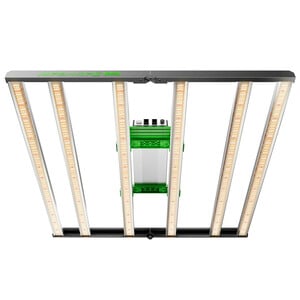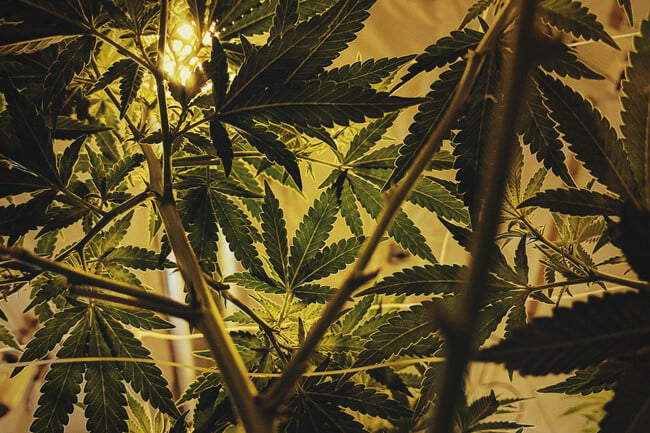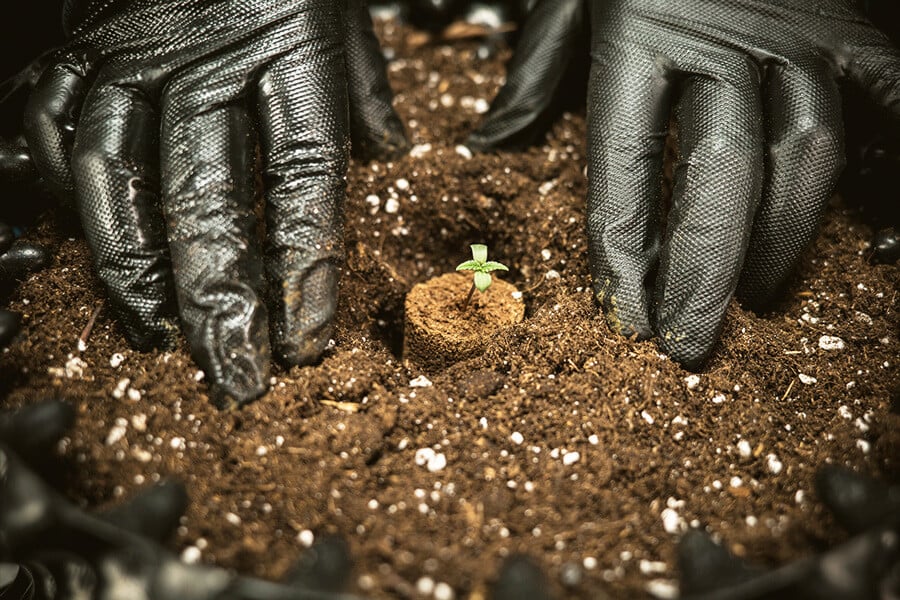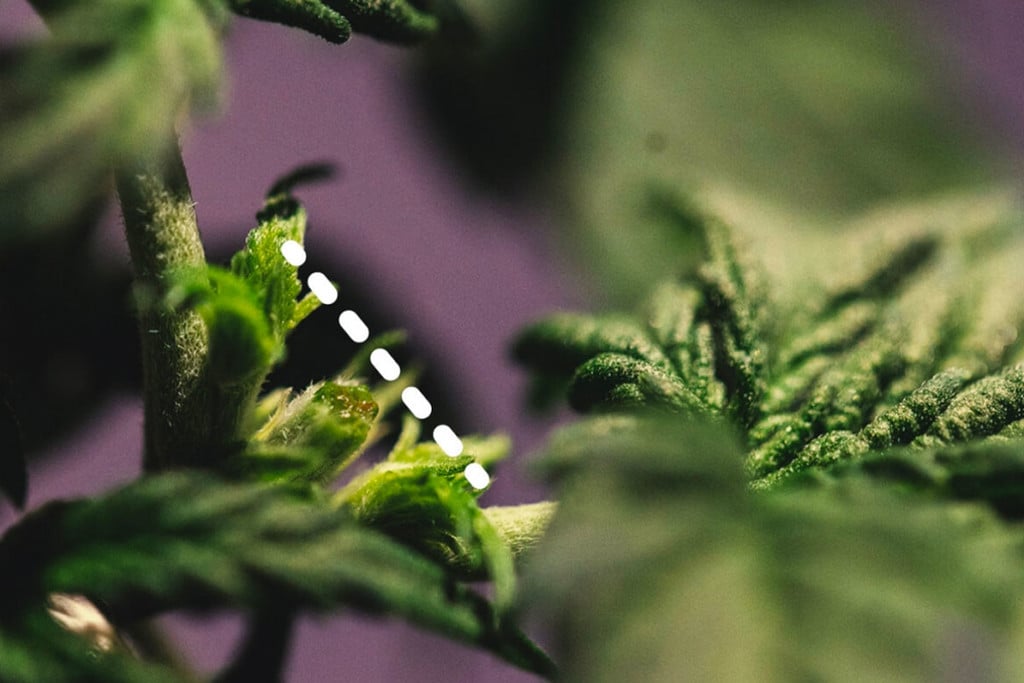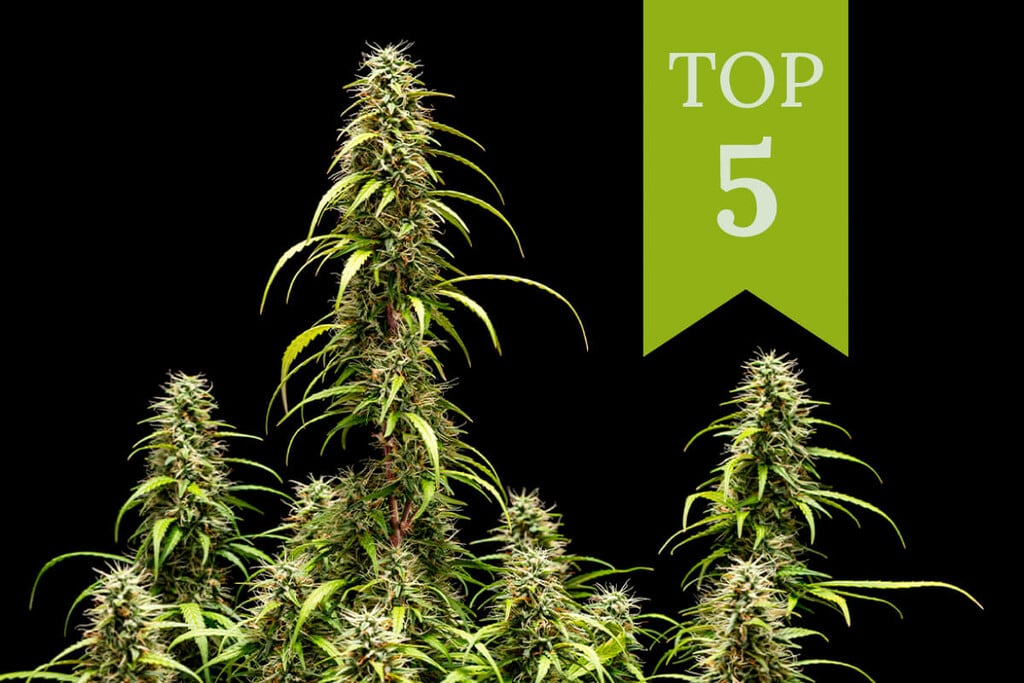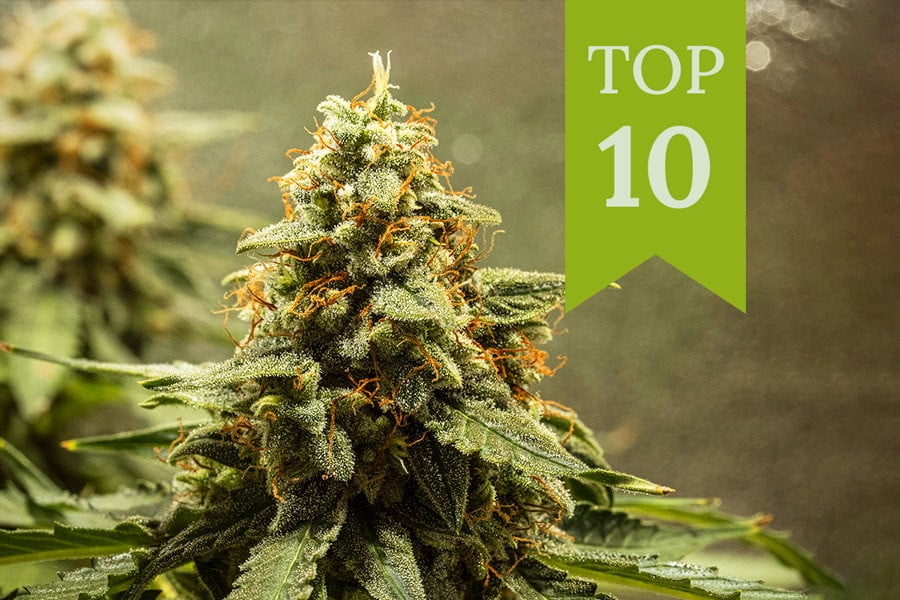.
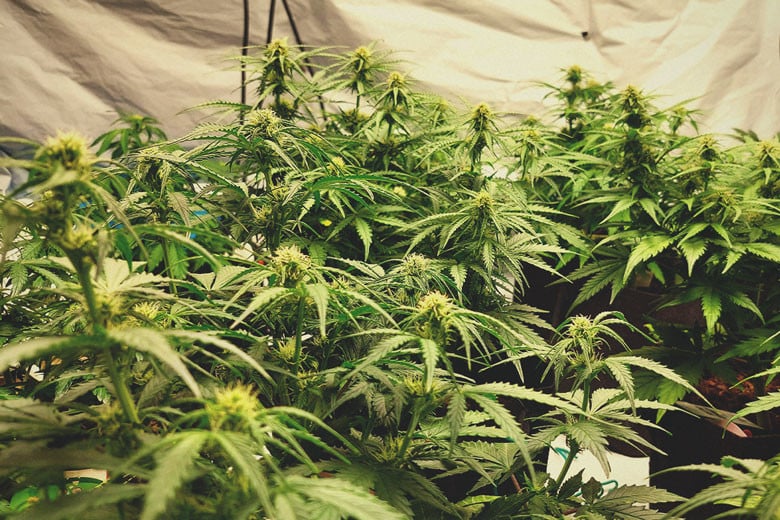
How To Avoid Small Auto Cannabis Plants
Autoflowering plants are prized for their insane speed. After placing seeds in the soil, you can expect a batch of fresh buds in a matter of 8–10 weeks. That said, these plants can turn out disappointingly small if cared for incorrectly. Learn how to unleash the full potential of your genetics and avoid small autos in the future with these tips.
Contents:
- Why cannabis autos stay small (and how to fix it)
- Lack of planning
- Harness genetic to avoid small autoflowers
- Germination problems lead to small autoflowers
- Too-dense growing medium
- Restrictions with pots and containers limit auto growth
- Lighting
- Use watering schedule to prevent short autos
- Even temperature and humidity can cause small autos
- Nutrients are key in preventing short autoflowers
- Still growing small autos? consider pH
- Master the basics to avoid small auto plants
Have you ever grown cannabis and asked, "Why are my autoflowers so small?". First of all, autos are genetically wired to turn out smaller than most photoperiod varieties. However, there are several approaches you can take to prevent small autoflowers.
Growers cultivate these varieties for numerous reasons, most notably for their rapid life cycle, overall simplicity, and small stature. The latter trait in particular allows growers to achieve an element of stealth, with some even raising plants in converted cupboards and buckets. But when you're focused on yield alone, it helps to take measures to avoid letting your plants remain compact. Use the guide below to prevent small autos and score larger plants every time.
Why Cannabis Autos Stay Small (and How to Fix It)
Genetics plays a big factor when it comes to the eventual size of an autoflower, but the environment also holds significant sway. Note that autos reach an average height of 60–120cm. We’re going to show you how to control these variables to raise plants that reach the higher end of the spectrum.
Lack of Planning
Planning reigns supreme when it comes to avoiding small autolfowers. Planning your grow accordingly involves selecting the right genetics (some autos grow bigger than others) and planning out the environment.
For example, rushing into a grow with poor-quality genetics and a tiny container will result in tiny autos and a disappointing yield. You’ll also need to consider light power, your watering schedule, and the type of soil you’re going to need; all of these factors will affect the end result.
Ultimately, the more knowledge you obtain, the better you'll become at avoiding small autoflowers. At Royal Queen Seeds, we’ve spent years crafting our cannabis blog. This wealth of information contains everything you need to know about growing weed, from soil quality and lighting to nutrients. Make use of this deep and broad resource during your next grow for the best results.
Harness Genetic To Avoid Small Autoflowers
Every grow starts with strain selection. Not only will choosing the correct variety help you avoid small plants, but the decision will also dictate the core effects, smells, and flavours of your harvest. First of all, you’ll want to aim for quality. Premium seeds have better germination rates and superior results—you’ll find such seeds all throughout the RQS catalogue. Next, you should check out the specific characteristics of any strains that catch your eye. If you’re looking for size, you should steer clear of inherently small autos such as Royal Dwarf that are designed purely for stealth. Instead, consider cultivars such as Mimosa Automatic, which reaches a top height of 160cm. To find a strain that suits you perfectly, use the RQS Cannabis Seedfinder to narrow down your search.
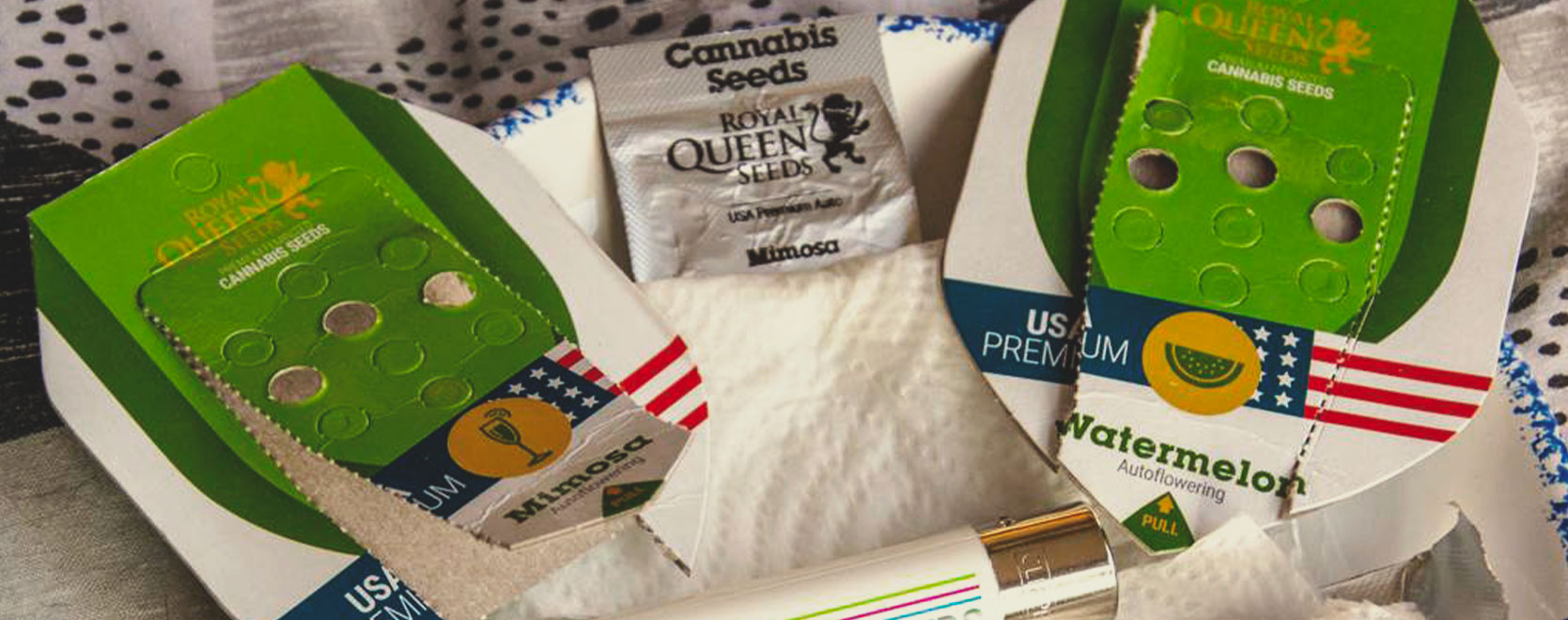
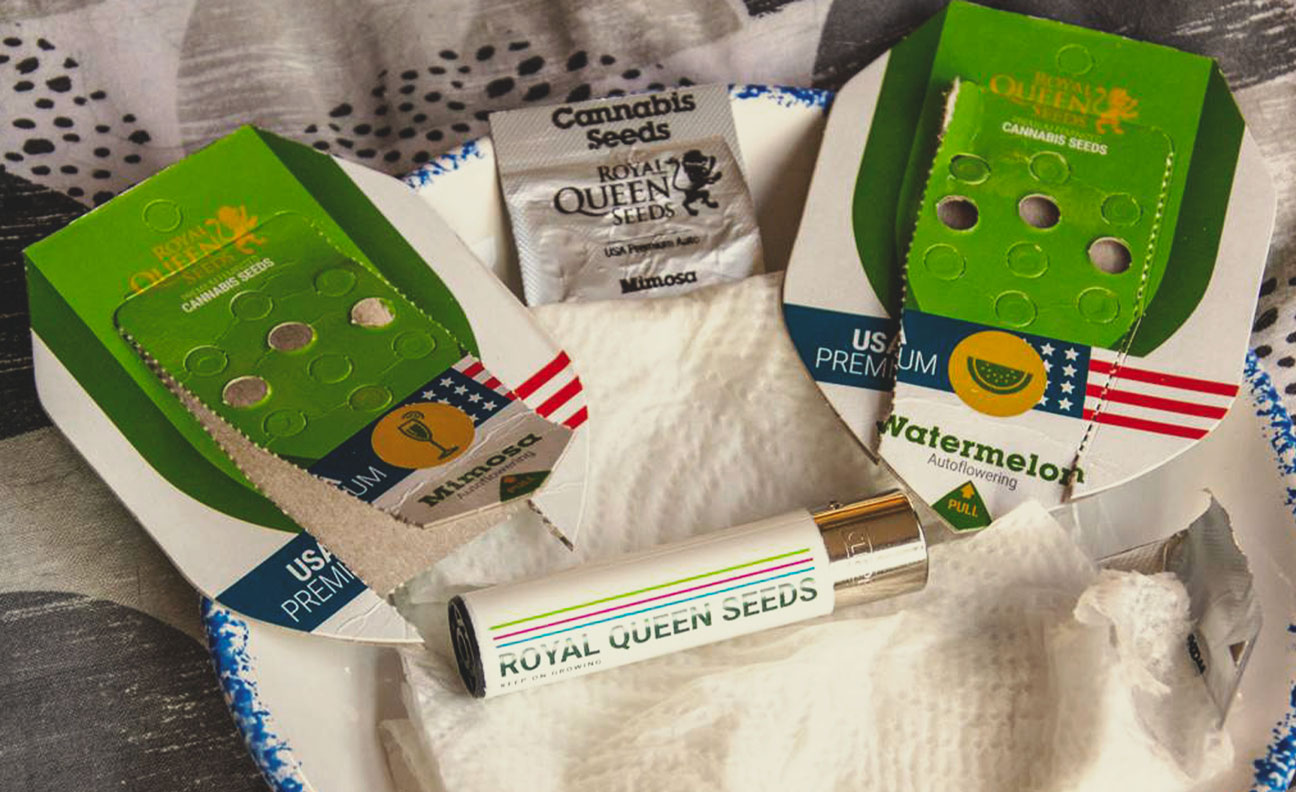
Germination Problems Lead To Small Autoflowers
Optimal germination gives your plants the best start possible. Remember, autoflowering strains flower based on an internal genetic clock, and this clock starts ticking the moment seeds germinate. The quicker your plant emerges to the surface, the longer it will spend basking in light and creating energy to grow taller and more abundant. For this reason, we recommend the simple paper towel method when germinating autos.
This method has a high rate of success and sidesteps any early issues with the soil, such as damping off. Simply place your seeds on a damp paper towel, positioning them several centimetres apart. Place another damp paper towel over them and move to a dark place (cupboards work great). Once your seeds develop white roots 2–3cm in length, transfer them into the soil.
Too-Dense Growing Medium
Autoflowering plants favour a light, airy, and less nutrient-dense growing medium. This helps roots quickly expand throughout the soil, which is especially important during the seedling and early vegetative stage. Here, a thick, extremely dense growing medium can slow down growth, which means smaller plants come harvest time. Auto cannabis growers have success with a wide array of growing media, but we find this auto potting mix works well every time:
| 3 parts peat moss | 3 parts compost |
| 2 parts perlite (pre-wet) | 1 part vermiculite (pre-wet) |
| 3 parts peat moss | 3 parts compost | 2 parts perlite (pre-wet) | 1 part vermiculite (pre-wet) |
Restrictions With Pots and Containers Limit Auto Growth
Containers play a crucial role in plant growth. The size of the pot you choose can either limit or promote growth. But size isn’t everything. The type of container can also influence the health of your plants and the state of their precious root networks.
-
Pot size
Growers often autumn into the trap of assuming they need just a small pot when growing autos. When done intentionally, this choice helps to keep plants small and stealthy. However, if you want to avoid small autos, you need to opt for a larger container size. Plants soon fill out their containers, and when their roots realise they’re out of room, your plants will stop growing. We recommend using an 11L pot if you want tall and bulky autoflowering plants. This provides enough room for them to surge, without being overkill.
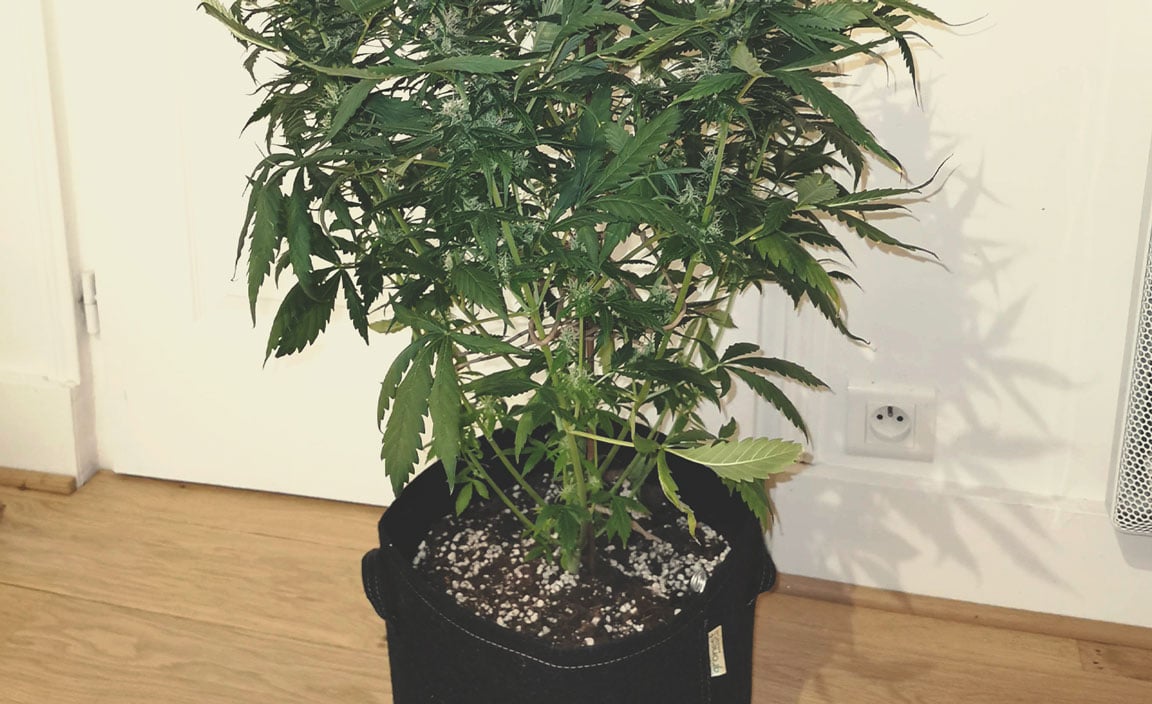
-
Pot type
Size aside, pot type also plays a role in overall plant health and performance. While standard plastic pots do the trick, they predispose root systems to lack of aeration and waterlogging. Thankfully, innovative minds within the cannabis space have found ways to rectify these issues. Both fabric pots and smart pots encourage far more airflow through the growing medium and offer superior drainage, in turn minimising the chance of disease.
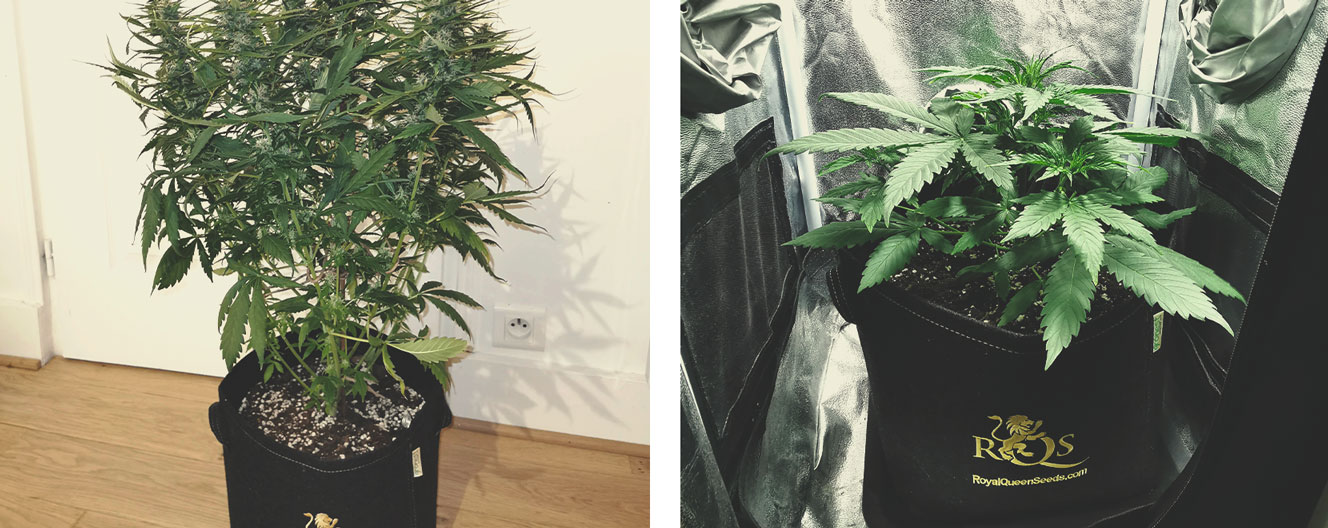
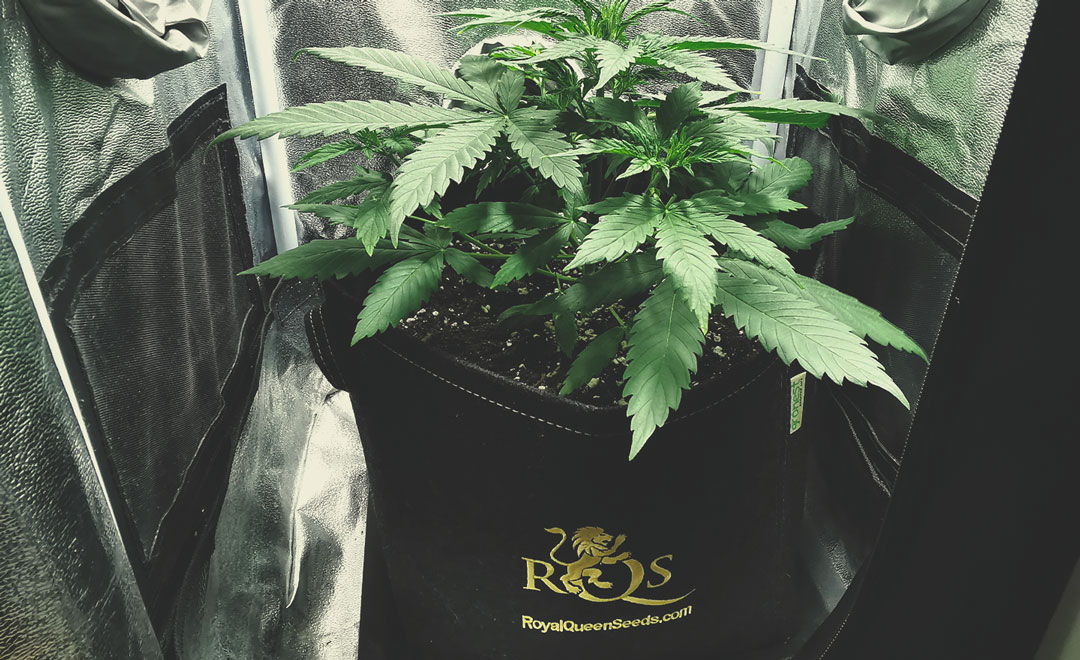
Lighting
You might not remember much from high school biology, but chances are you remember the word “photosynthesis” and how plants convert light into vital sugars. Cannabis fan leaves are essentially biological solar panels. As light hits them, the chloroplasts within convert light energy into sugars that fuel plant growth. Therefore, it makes sense that the more light your autos receive, the bigger they’ll grow.
-
Indoors
Indoor plants need supplementary lighting. Placing your autos on a south-facing window sill will help you save money, but your plants won’t even come close to their full potential. Instead, you’ll need to rig up some powerful LED or HID lights in your growing tent. Whatever type you go for, aim for a model capable of emitting at least 400W.
Buy Mars Hydro FC4800 – 480W LED Grow Light
Mars Hydro FC4800 – 480W LED Grow Light
660-665nm, 2800-3000K, 4800-5000K
84x84x8 cm
480W±5%
2.85μmol/j
1368μmol/S
Samsung LM301H EVO
120x120 cm
3.5g/watt
Once you’ve selected your light, you need to choose how long to leave them on for; autos can handle light 24 hours a day as light doesn’t affect their ability to flower. However, you’ll also achieve great results with a schedule of 18 hours on and 6 hours off throughout the entire growing cycle.
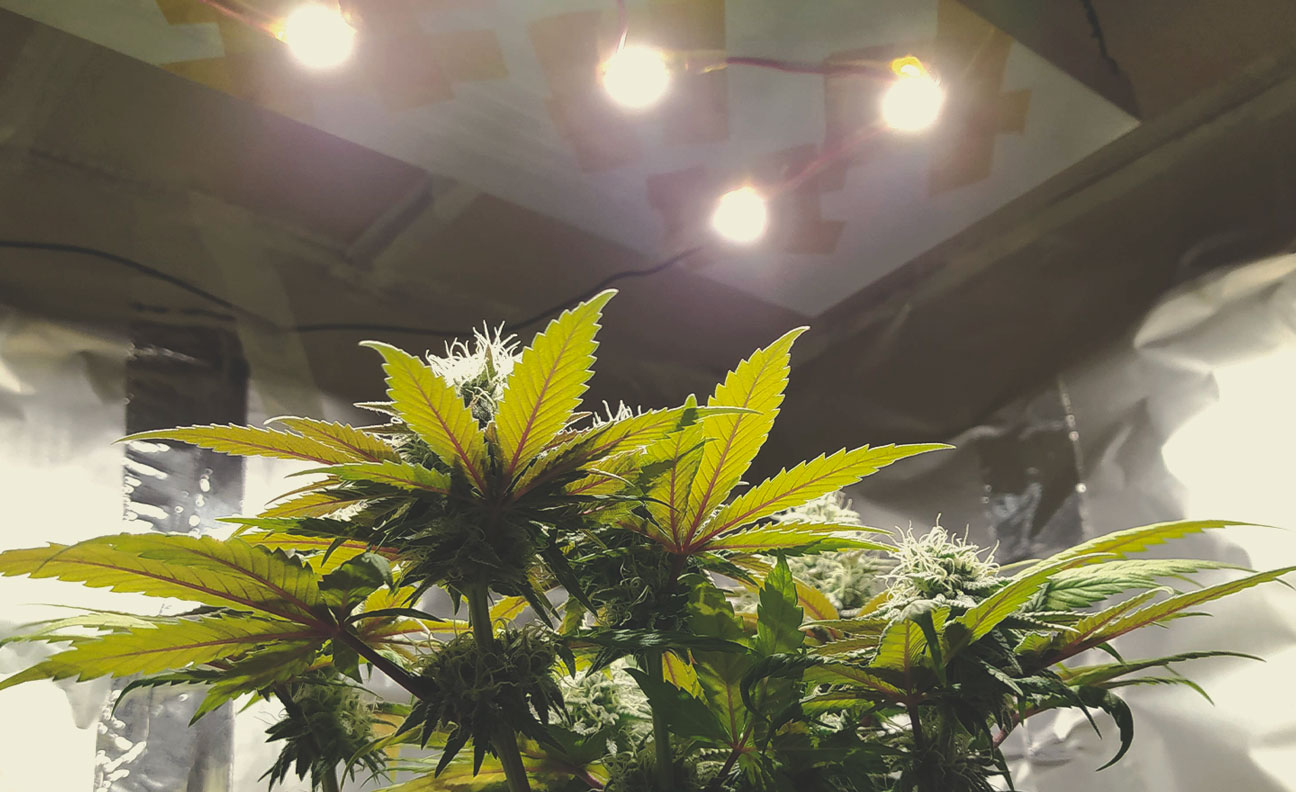
-
Outdoors
Of course, you have much less control over the light cycle outdoors. Whereas photoperiod strains are better suited to warm and sunny climates, autos make growing outdoors possible even in the shorter and cooler growing seasons of northern latitudes. However, if you’re lucky enough to live in the warmer climes of southern Europe, your plants will grow much faster and taller by the end of the season.
Regardless of where you grow outdoors, there are a few things you should consider to prevent short autoflowers. Most autos are ready to harvest 8–10 weeks after germination. Therefore, you should aim to sow seeds during early June to time your plant's growth spurts with the longest days of the year. When it’s time to transplant, try to position them in a south-facing area that gets plenty of sun, with some protection from the wind.
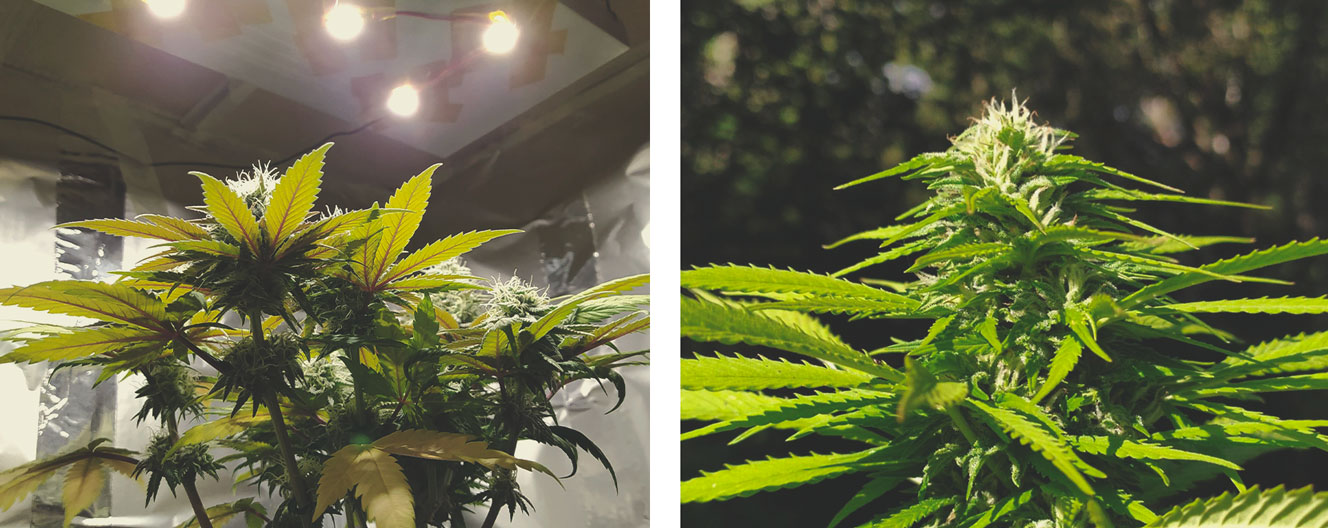
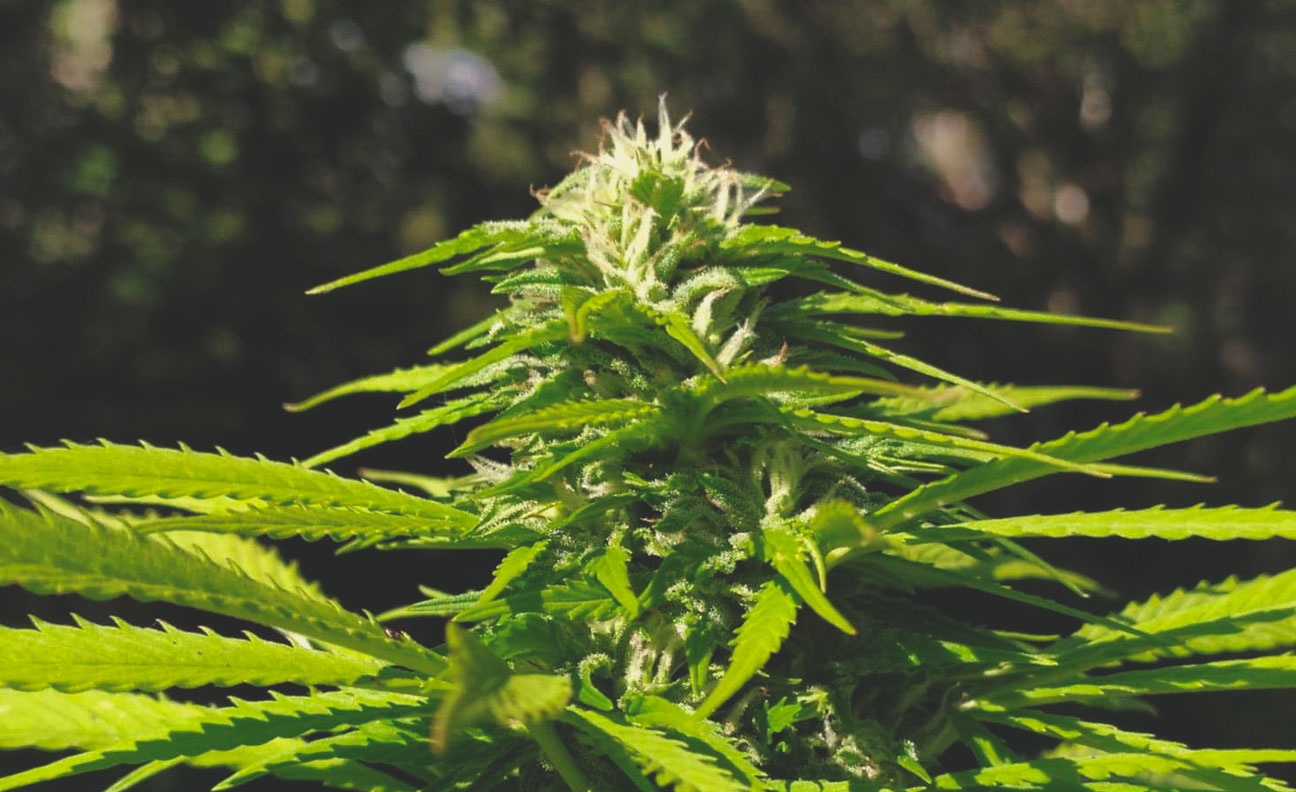
Use Watering Schedule To Prevent Short Autos
Watering cannabis plants might seem like the simplest task when it comes to growing. However, watering incorrectly does a lot more harm than you might think, and derails many grows before they get started. Just like us, cannabis plants perish pretty quickly without water. They need it for photosynthesis, to transport nutrients, and remain turgid. Because it’s so important, many beginners tend to overwater their beloved plants, a mistake that never ends well.
Excess water pools in tiny pockets of air within the growing medium. At best, this causes roots to temporarily suffocate. At worst, long periods of excess water can lead to the proliferation of bad anaerobic bacteria (microbes that grow without the presence of oxygen) that can harm the roots and even kill plants. Periods of water pooling can interfere with root function, which can slow down the growth of your plants and impact the end result.
When watering, you should aim to water the medium to 25–33% capacity. Of course, you can’t judge this with your eyes alone. Just aim to water your containers to the point where they hold water, without too much draining out of the bottom. You can weigh your plants before and after watering to know when to water again, or simply wait until the top five centimetres of soil becomes totally dry.
Even Temperature and Humidity Can Cause Small Autos
Sure, water, light, and soil are all critical components of growing good cannabis. But temperature and humidity are also worth knowing about, especially when you want to grow avoid small autos. Cannabis grows best within specific temperature and humidity ranges. Although these are difficult to control outdoors, you’ll have a much greater influence over these parameters indoors by implementing fans, heaters, humidifiers, and dehumidifiers. Check out the optimal figures for each stage of the growing cycle:
| SEEDLING STAGE | VEGETATIVE STAGE |
| Temperature: 20–25°C | Temperature: 22–28°C |
| Humidity: 65–70% | Humidity: 40–70% |
| FLOWERING STAGE | LATE FLOWERING STAGE (1–2 weeks before harvest) |
| Temperature: 20–26°C | Temperature: 18–24°C |
| Humidity: 40–50% | Humidity: 30–40% |
| SEEDLING STAGE | VEGETATIVE STAGE | FLOWERING STAGE | LATE FLOWERING STAGE (1–2 weeks before harvest) |
| Temperature: 20–25°C | Temperature: 22–28°C | Temperature: 20–26°C | Temperature: 18–24°C |
| Humidity: 65–70% | Humidity: 40–70% | Humidity: 40–50% | Humidity: 30–40% |
Nutrients Are Key In Preventing Short Autoflowers
Just as cannabis plants need light and water, they depend upon an array of macronutrients and micronutrients to fulfil key physiological functions. They need nitrogen to develop healthy green leaves, plenty of potassium to drive flowering, calcium for root health, and magnesium to form the chlorophyll molecule.
Autos definitely need nutrients to survive and thrive, but they tend to get along with less nutrition than their photoperiod cousins. We recommend starting with a high-quality potting mix amended with homemade compost or worm castings to feed your soil life. If you decide to use packaged nutrients, aim to apply 50–75% of the dose recommended on the instructions.
Plants quickly take a turn for the worse when starved of key nutrients or overfed. Luckily, their leaves do a pretty good job at signalling what’s missing. Our guide on leaf reading will help you identify any issues if they pop up.
Still Growing Small Autos? Consider pH
We’ve already covered basic principles you would have learned in biology class. Now, we need to rehash some essential chemistry. Potential hydrogen, or pH, describes the amount of hydrogen ions within a solution. The pH scale ranges from 0–14. Acidic solutions that contain more hydrogen ions rank from 0–6; alkaline solutions with fewer hydrogen ions rank from 8–14; 7 represents a neutral solution.
Why does this matter when it comes to growing tall autos? Well, cannabis roots uptake nutrients much more effectively when the growing medium features a specific pH. In fact, if the pH strays too far in either direction, it can stop roots from taking up nutrients altogether.
Your soil growing medium should feature a pH of 6.0–7.0. You can measure pH using a pH tester and adjust it by applying pH up and down products. In a hydroponic grow, the ideal pH window is between 5.5–6.5.
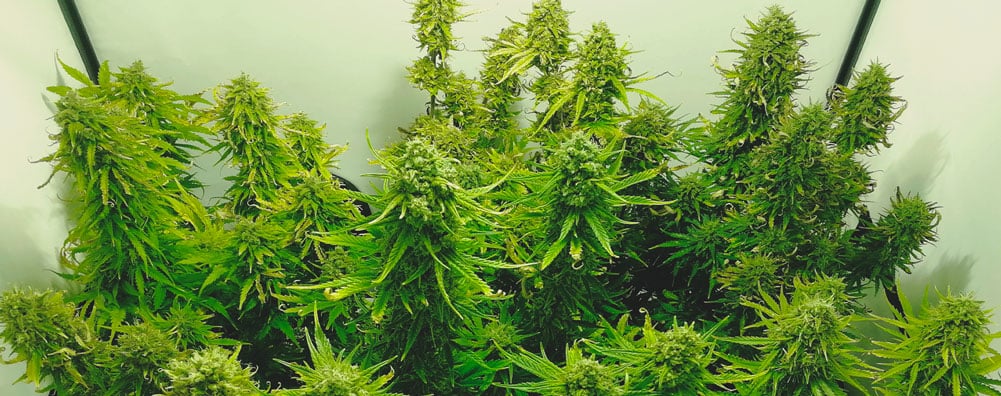
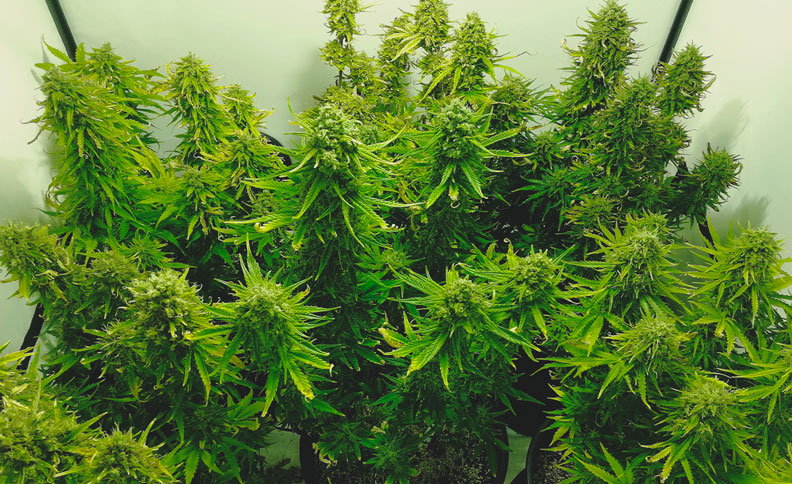
Master the Basics to Avoid Small Auto Plants
There you have it; you’re ready to grow the tallest and most productive autoflowering cannabis plants possible. Having taken in the tips above, you’re more than ready to set out and push your genetics to the limit. But try not to overcomplicate things and get too experimental. Remember, this isn’t about turning into a mad scientist! Simply start with good genetics and tweak the environment to unlock the potential within each seed and avoid short autos. Before we say goodbye, here’s a summary of how to prevent small autos, and some additional tips:
- Start your seeds in their final pots
- Use bigger containers
- Use an airy growing medium
- Add beneficial microbes
- Start seedlings indoors
- Opt for at least 18 hours of light
- Use lights that put out at least 400W
- Avoid overwatering
- Dial in temperate and humidity for each phase indoors
- Keep an eye out for nutrient deficiencies
- Measure pH and adjust when needed



























